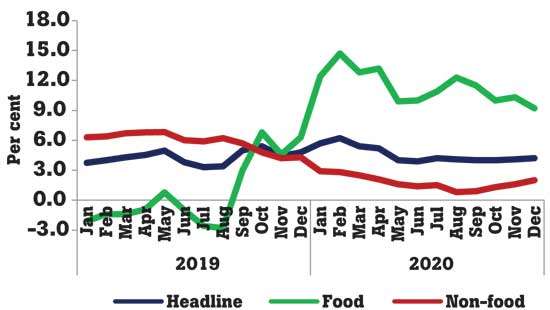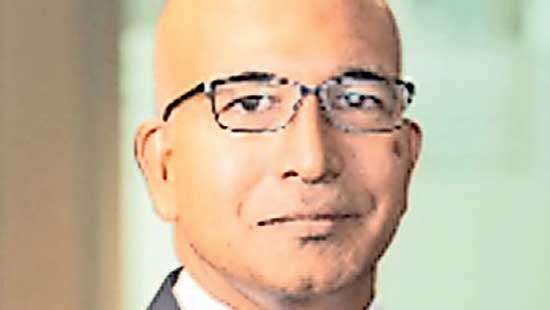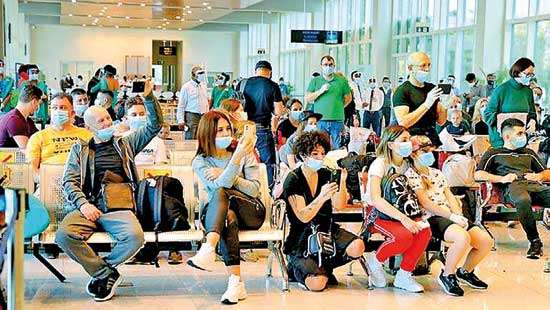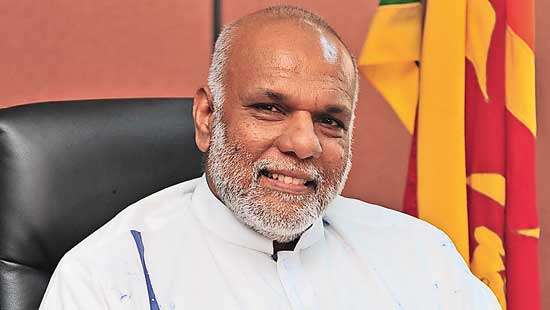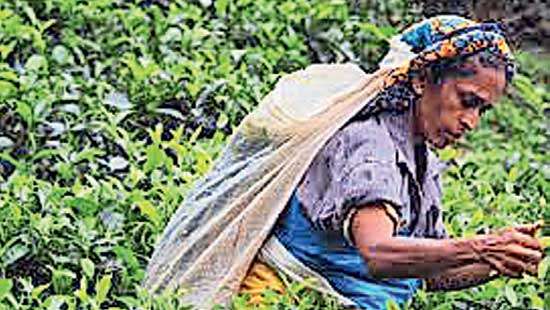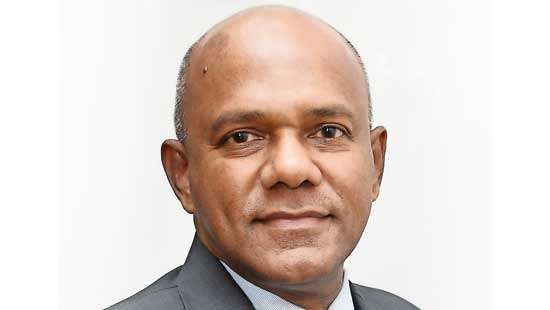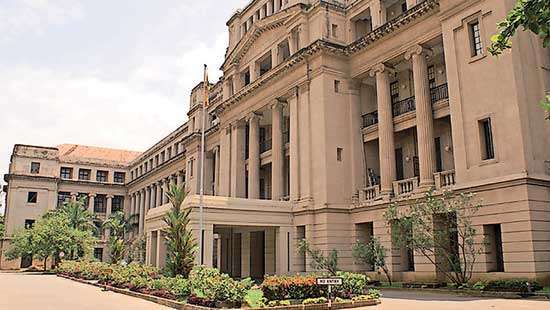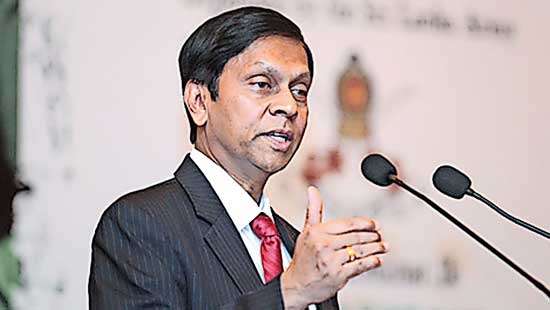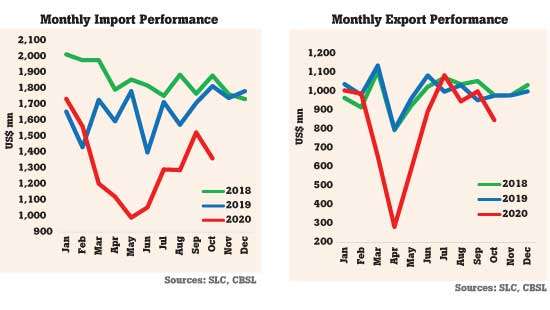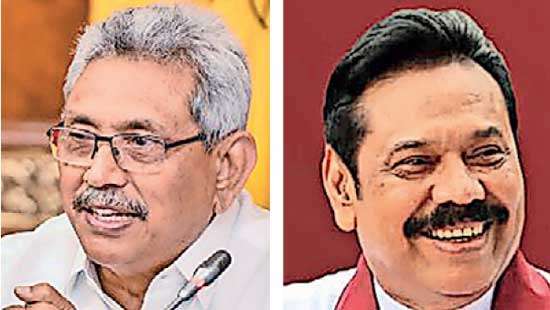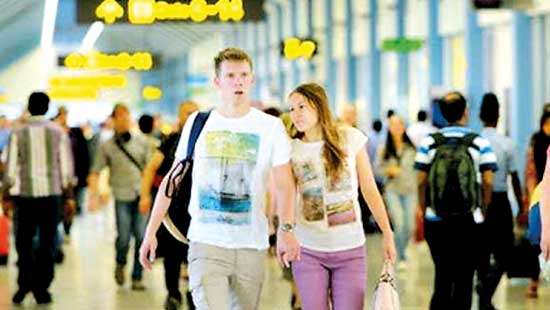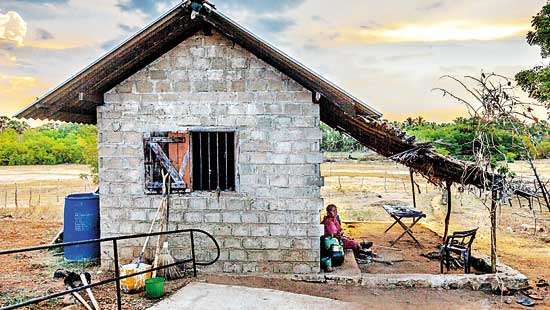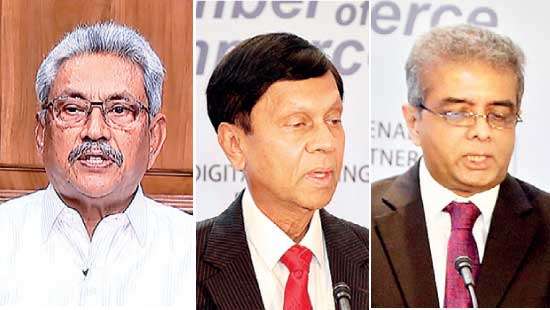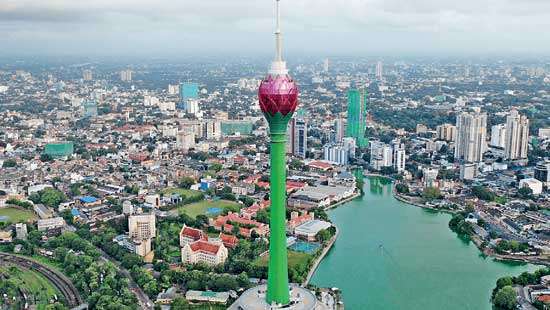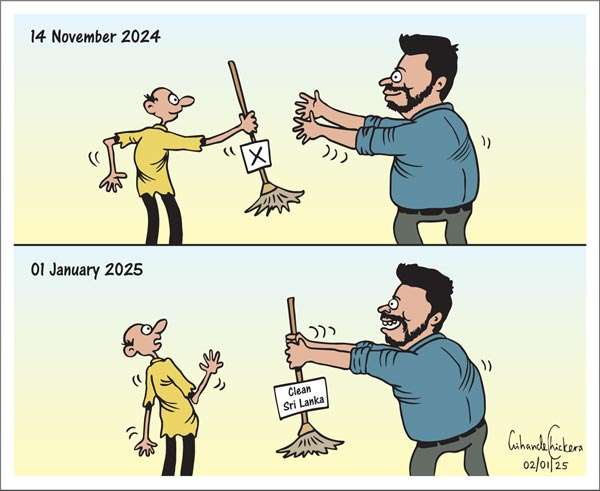Business Main
SOE losses surge as State banks’ profits swoon
04 Jan 2021
 0
0
Losses of State-owned enterprises (SOEs) spiked to Rs.10.4 billion in the eight months to August, 2020, from a combined loss of Rs.1.1 billion in the whole of 2019, predominantly due to the earnings swoon in key State-run banks and the insurance company.
Tourism industry says everything under control
31 Dec 2020
 0
0
Stakeholders of Sri Lanka’s tourism industry yesterday assured that the ongoing pilot project carried out as a first step towards re-opening the country for tourists, is going ahead as planned despite some expected hiccups, for which appropriate courses of action has been planned out.
Modified protocols shared with industry to handle tourism revival pilot project
30 Dec 2020
 0
0
The Ministry of Tourism on Sunday (27) put out a set of modified protocols that are to be followed and the responsibilities of each stakeholder so that the execution of the ongoing pilot project aiming to review the country’s tourism industry amid the COVID-19 pandemic is successfully carried out.
Export earnings fall for second month in November
25 Dec 2020
 0
0
Sri Lanka’s merchandise export earnings suffered for the second consecutive month in November due to the adverse impact of the second wave of COVID-19 pandemic that began in early October, which slowed down manufacturing and disrupted port related activities.
RPCs submit fresh proposal to boost worker earnings
24 Dec 2020
 1
1
Taking a cue from the success of the smallholder sector, Sri Lanka’s Regional Plantation Companies (RPCs) have handed over a fresh proposal aimed at radically expanding worker earnings during a recently concluded meeting with the Labour Minister and trade union leaders.
Govt. says yet to reach final decision on ECT
23 Dec 2020
 0
0
The government yesterday reaffirmed its commitment to reach a final decision on the East Container Terminal (ECT) of Colombo Port after scientifically analysing all factors related to the terminal from an international business perspective.
Foreign financing of budget turns negative as govt. cuts foreign debt
22 Dec 2020
 0
0
Despite the recent rating downgrades on elevated debt repayment risks, Sri Lanka has significantly cut down its reliance on foreign debt to fund budgets as the government’s balance sheet showed a net repayment of such debt.
Challenging operating environment to weigh on Lankan banks: Fitch
19 Dec 2020
 0
0
Sluggish economic activity, external and domestic vulnerabilities, muted private credit growth and the sovereign’s weakened credit profile are significant downside risks to the operating environment for Sri Lankan banks, Fitch Ratings said in a new report.
Economy hits nadir in 2Q; rebounds in 3Q to 1.5%
16 Dec 2020
 0
0
Hit by COVID-19, Sri Lanka’s economic growth contracted by a whopping 16.3 percent in the second quarter (April-June) of this year, recording the largest ever drop recorded in the country’s history but recovered to a growth of 1.5 percent in the third quarter (July-September), the Department of Census and Statistics (DCS) yesterday said.
Foreign reserves fall by US$ 300mn to US$ 5.5bn in Nov.
14 Dec 2020
 0
0
Sri Lanka’s foreign reserves buffer fell over US$ 300 million to US$ 5,549.3 million by the end-November, from US$ 5,855.7 million by end-October, while the Central Bank continues to remain a net buyer of foreign exchange to prop up reserves as well as to prevent the rupee from overly appreciating.
IIF highlights Sri Lanka’s funding needs for next year
10 Dec 2020
 0
0
Sri Lanka could manage the upcoming US $ 1 billion international sovereign bond (ISB) settlement in July, next year and current account deficit in the first half of the year, with US $ 500 million in net bilateral or multilateral funding while keeping reserve losses at manageable levels, according to the Institute of International Finance (IIF), a Washington-based global association of the financial services industry.
SL cautiously gears up to welcome tourists from Jan.
08 Dec 2020
 0
0
As Sri Lanka is cautiously gearing up to welcome tourists come January, with the government planning to relax the border control measures, the Sri Lanka Tourism Development Authority (SLTDA) yesterday asserted the importance to impose strict health protocols, to ensure the safety of citizens as well as the international travellers.
Mortgage-backed housing loans at 7% from Thursday
07 Dec 2020
 0
0
The decision to cap mortgage-backed housing loan interest rates at 7.0 percent for salaried employees in both private and public sectors is now given life as the Monetary Board has instructed all licensed banks to disburse such loans from December 10.
COVID-19 could push people living in extreme poverty to over 1 bn by 2030:UNDP study
05 Dec 2020
 0
0
Severe long-term effects of the COVID-19 pandemic could push an additional 207 million people into extreme poverty on top of the current pandemic trajectory, bringing the total to over 1 billion by 2030, according to United Nations Development Programme (UNDP) latest findings.
SL’s alternative policy path not understood: CB chief
04 Dec 2020
 0
0
Central Bank Governor Professor W.D. Lakshman this week called out to the doomsayers, who fail to understand the alternative policy platform unleashed by the government and Central Bank, which is already showing some encouraging results.
SL Tourism has lot to get right, says expert
03 Dec 2020
 0
0
The local tourism sector yesterday was presented with the harsh reality that it simply isn’t doing enough to reach its aspirations as planned and to make any real progress it is essential for the authorities to smartly relook at the industry’s marketing mix.
President calls for bold investments from pvt. sector
02 Dec 2020
 0
0
As Sri Lanka explores avenues for greater economic prosperity amid pressing challenges that stem from the global front, in addition to those locally inherited, President Gotabaya Rajapaksa called for an enabling private sector, one that is bold and has high-risk tolerance to take the country to the next level.
Banks to face capital declines without new injections: Moody’s
01 Dec 2020
 0
0
Moody’s Investors Service, in a report issued on the emerging market banks and insurance companies said yesterday that Sri Lankan banks would experience large capital declines without new capital injections over the next two years, due to asset quality concerns, lower profitability due to muted credit growth and thin margins.
CB doubles down on dovish monetary policy
27 Nov 2020
 0
0
The Monetary Board of the Central Bank left its key policy rates unchanged yesterday, continuing with its dovish monetary policy stance by slapping interest caps on mortgage-backed housing loans and said lending targets would be introduced to licensed banks to channel funds into areas with high growth and earning potential.

Business community welcomes New Year with positive sentiments
27 Nov 2020
 0
0

New Year New Challenges New Opportunities
27 Nov 2020
 0
0

Emirates launches additional flight to CMB-DXB route
27 Nov 2020
 0
0

CCC sets record straight on media statements relating to CBSL policies
27 Nov 2020
 0
0

Sri Lanka’s tourist arrivals surpass 2 million in 2024
27 Nov 2020
 0
0

Mother of Altair victim to sue CIS for alleged negligence
27 Nov 2020
 0
0

Chief of National Intelligence Kulatunga retires
27 Nov 2020
 0
0

Asoka Ranwala’s ‘Dr’ post takes a ridiculous turn
27 Nov 2020
 0
0



